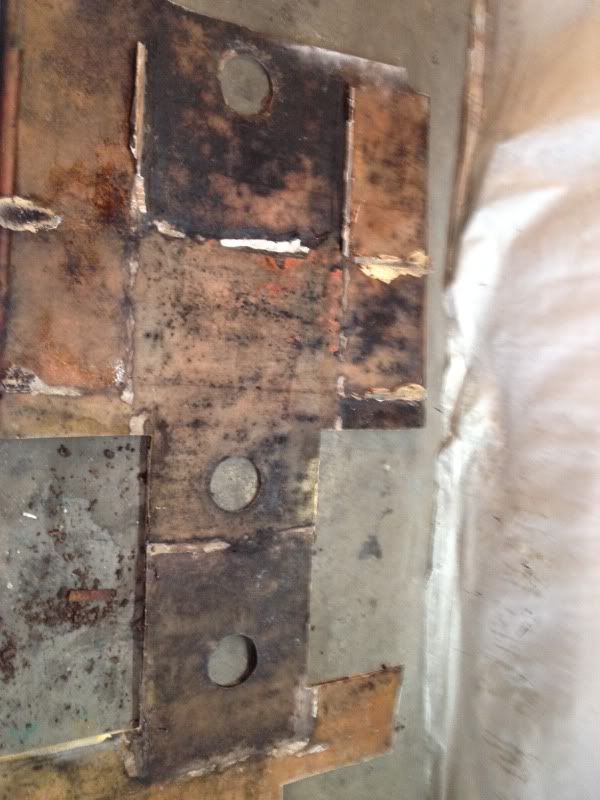Destroyer
God
Ok, here's the situation... We have the deck off the V21 now.. The good news is the stringers are fine. The bad news is the foam is soaked... it smelled like a cesspool. Voids in the foam, gallons and gallons of water trapped... ugh!.. The PO obviously never drained the bilge and never left the access covers off so things cound dry out when stored. We're in the process of removing it all now..
So here's the question.
Do I replace the foam or not? I know it acts as a sound absorber, and also as a stiffener... but is it really necessary? We've removed the rotten balsa wood that was the underflooring of the deck and laminated on 3/4 marine ply, then sealed and glassed over the whole thing so the wood is encapsulated. The floor sits on the stringers and is plenty strong so there's no flex, so do I really need the foam? (It's rather expensive and I'm guessing that I'll need about 20 gals of the stuff to refoam).
Opinions??
So here's the question.
Do I replace the foam or not? I know it acts as a sound absorber, and also as a stiffener... but is it really necessary? We've removed the rotten balsa wood that was the underflooring of the deck and laminated on 3/4 marine ply, then sealed and glassed over the whole thing so the wood is encapsulated. The floor sits on the stringers and is plenty strong so there's no flex, so do I really need the foam? (It's rather expensive and I'm guessing that I'll need about 20 gals of the stuff to refoam).
Opinions??










